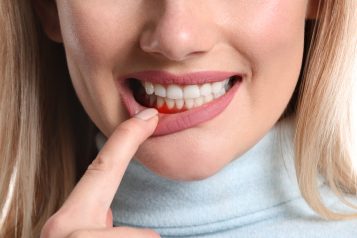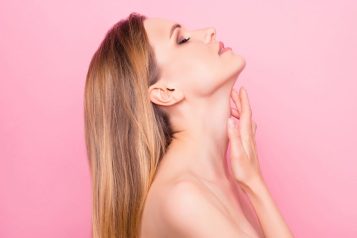 Photo Credit: Courtesy of Shutterstock In the pursuit of maintaining our skin’s youthfulness and vibrant appearance, we have sought out cosmetic treatments to defy the natural aging process. Among these, Botox has been a solution, recognized as a way to smoothen wrinkles and restore our skin. Traditionally, Botox is viewed as a reactive measure, typically sought after visible signs of aging, such as forehead lines or smile lines, start to appear. However, at Fillir and beyond we have seen a shift in Botox’s uses amongst many in their mid-20s and beyond – the concept of preventive Botox.
Photo Credit: Courtesy of Shutterstock In the pursuit of maintaining our skin’s youthfulness and vibrant appearance, we have sought out cosmetic treatments to defy the natural aging process. Among these, Botox has been a solution, recognized as a way to smoothen wrinkles and restore our skin. Traditionally, Botox is viewed as a reactive measure, typically sought after visible signs of aging, such as forehead lines or smile lines, start to appear. However, at Fillir and beyond we have seen a shift in Botox’s uses amongst many in their mid-20s and beyond – the concept of preventive Botox.
The Benefits of Preventative Botox Treatment
As with many other things, wrinkles are easier to prevent than to remove. As a result, it’s more cost-efficient and successful to prevent wrinkles from forming rather than trying to treat them after they have already formed. Deep wrinkles that have already developed will typically require more Botox injections and additional skin treatments to achieve the desired look of smoother skin.
The most popular areas for preventative Botox are in the lines between your eyebrows (also known as the eleven’s), the lines around your eyes (also known as crow’s feet), and the area above your forehead where your brow “furrows.” Generally, you should receive preventative Botox every 3-4 months is recommended to maintain the results.
The Age Range for Preventative Botox
There is an increase in patients scheduling consultations between the ages of 25 and 30 seeking expert advice about when to begin. Generally, you can start Botox when you notice wrinkles that bother you. This could be as early as someone in their early 20s or up to someone in their early 40s. There are many factors that play into this, including age, genetics, lifestyle habits, and skin type.
 Photo Credit: Shutterstock
Photo Credit: Shutterstock
Preventative Botox VS Therapeutic Botox
While cosmetic Botox treatments concentrate on aesthetic purposes like reducing wrinkles, therapeutic Botox treatments concentrate on reducing pain. Therapeutic Botox can be used to treat symptoms related to migraines, TMJ, and excessive sweating. For migraine relief, Botox works by reducing muscle contractions and stopping neurotransmitters from sending pain signals to your brain. Botox injections for migraines are a proven remedy to reduce migraine headache symptoms. In patients suffering from TMJ disorder symptoms, Botox helps relax tense jaw muscles and alleviate pain. Lastly, Botox injections have been FDA-approved to treat excessive sweating by selectively turning off the sweat glands. While Botox is most known for reducing wrinkles, therapeutic Botox treatments are among our most frequently requested services!
Alternative Treatment Options
The key to preventing wrinkles is early intervention. Those who are interested in wrinkle prevention instead of Botox should use high-quality medical-grade skin care products and wear SPF regularly. Skin treatments like facials, RF Microneedling, and skin resurfacing also help. Diet and healthy lifestyle also play a role in reducing the signs of aging!
For more information, visit Dr. Brian A. Levine's social media:

























